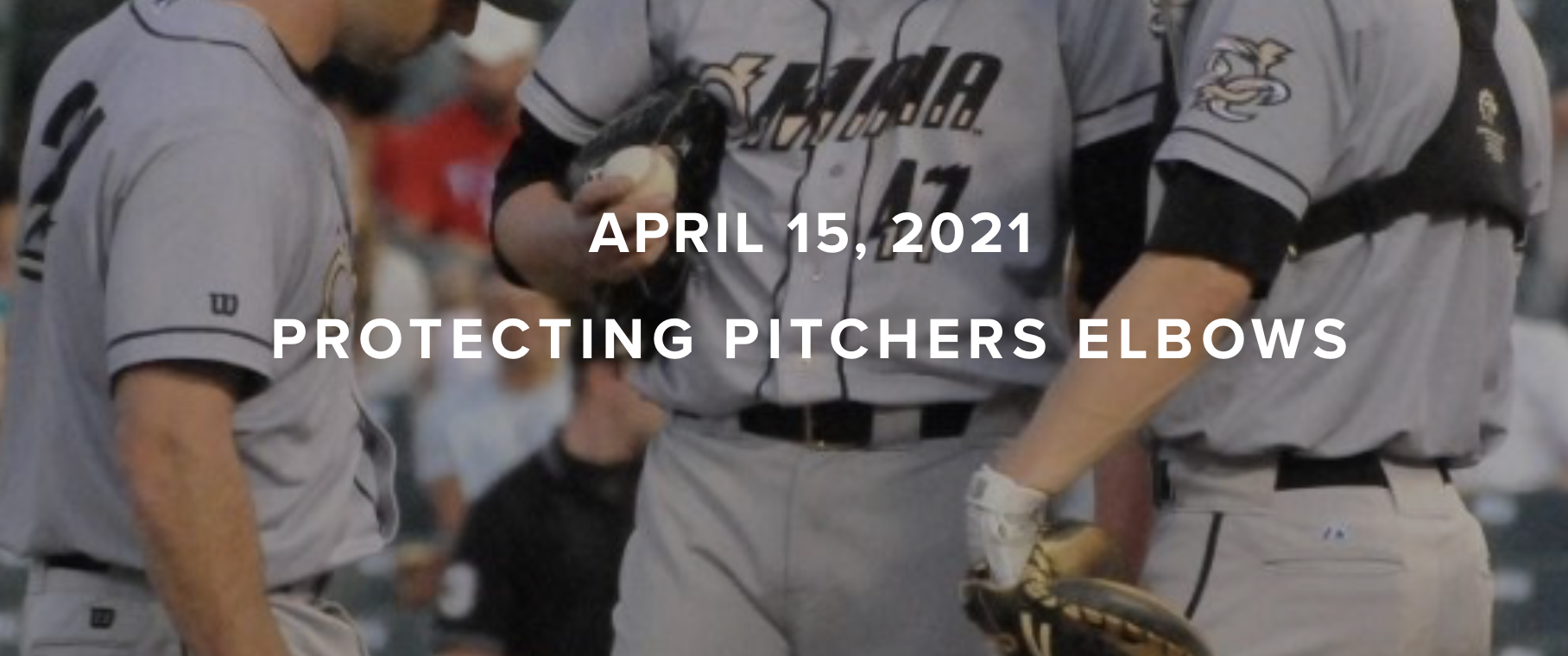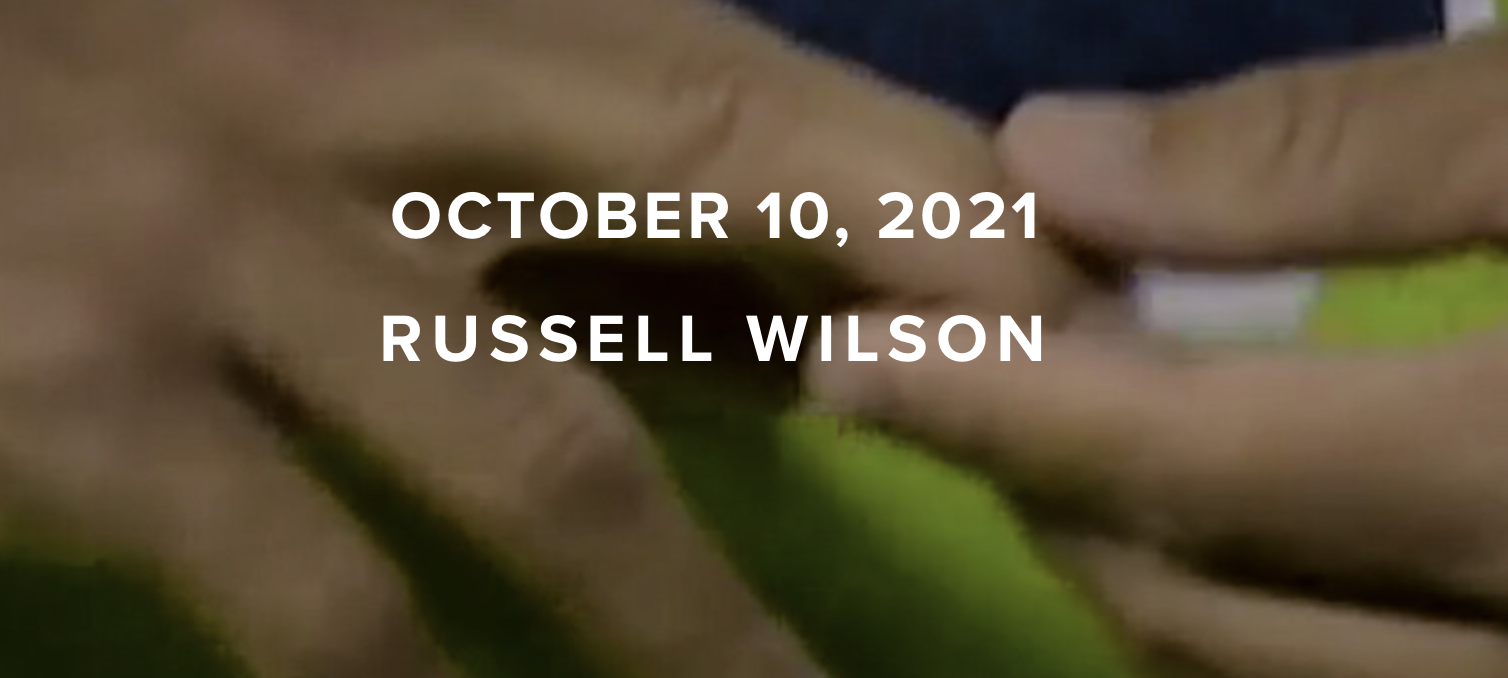Tyler Lockett Injury
Tyler Lockett’s Finger Injury
Last Thursday night, Seattle’s beloved wide receiver Tyler Lockett suffered a finger fracture
injury during a game against the San Francisco 49ers. The injury occurred when Lockett
attempted to catch a pass and his finger was accidentally stepped on by a 49ers player. Finger
fractures can be painful and can affect a person’s ability to grasp or hold objects. In Lockett’s
case, the injury could potentially impact his ability to catch and hold the football.
It is not clear from the information provided what type of finger fracture Tyler Lockett sustained.
There are several types of finger fractures, including but not limited to:
1. Fractures of the distal phalanx: This type of fracture involves the bone at the end of the
finger, also known as the fingertip. These fractures are often caused by trauma, such as
a finger being slammed in a door.
2. Fractures of the middle phalanx: This type of fracture involves the bone in the middle
part of the finger. These fractures are often caused by a direct blow to the finger or by
catching it in something.
3. Fractures of the proximal phalanx: This type of fracture involves the bone at the base of
the finger, closest to the hand. These fractures are often caused by a direct blow to the
finger or by catching it in something.
The type of surgery that is required to repair a finger fracture will depend on the location and severity of the fracture. In some cases, surgery may be needed to realign the bone and hold it in place with screws, pins, or plates. In other cases, surgery may not be necessary and the bone may be able to heal on its own with the help of a splint or cast.
For Lockett, physical therapy will involve exercise and manual therapies to improve his range of motion and strength of his finger. The therapist may also use modalities such as heat or ice to help reduce swelling and improve blood flow to the injured finger. In addition to specific finger exercises, the therapist may also work with Lockett on exercises and activities to improve his overall hand and arm strength. This is important because the strength and coordination of the hand and arm are essential for catching and holding the football. It is important for Tyler Lockett to follow the recommendations of his medical team and undergo the appropriate treatment for his finger fracture. With the right treatment and rehabilitation, he should be able to recover and get back to playing football as soon as possible. A final timetable will be available once the surgery is complete, but it is possible he could miss as little as on game, per the report. He is 36 yards away from having his 4th year in a row of 1000 yards receiving, but more importantly, the Seahawks are still in the hunt for a playoff spot for an NFC Wild Card game.
MORE WEBINARS
MORE BLOGS
AUTHOR:
Victor Kollar, PT, DPT, CSCS, TPIc
LWPT Redmond Physical Therapist
CONTRIBUTORS:
Ben Wobker, PT, MSPT, CSCS, CFSC, SFMA
Founder & Director Lake Washington Physical Therapy
Dr. Avi Goodman, MD
Orthopedic Hand Surgeon Evergeen Health
Dr. Ghislaine Robert, MD
Sports Medicine Physician
Dr. Dayne Mickelson, MD
Orthopedic Surgeon
Sources:
Hardy MA. Principles of Metacarpal and Phalangeal Fracture Management: A Review of
Rehabilitation Concepts. Journal of Orthopedic and Sports Physical Therapy. 2004; 34:781-791.
Kathleen M. Kollitz et al. Metacarpal fractures: treatment and complication. American
Association for Hand Surgery. 2013, Springer, Published online: 16 October 2013, HAND
(2014) 9:16–23.
Thomas B. McNemar MD, Julianne Wright Howell PT, MS, CHT, Eric Chang MD. Management
of metacarpal fractures. Journal of Hand Therapy. Volume 16, 2003; 2:143-151.









